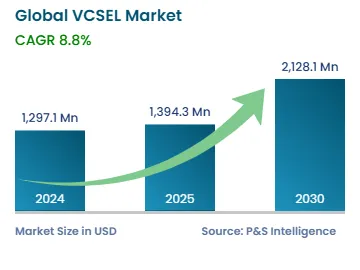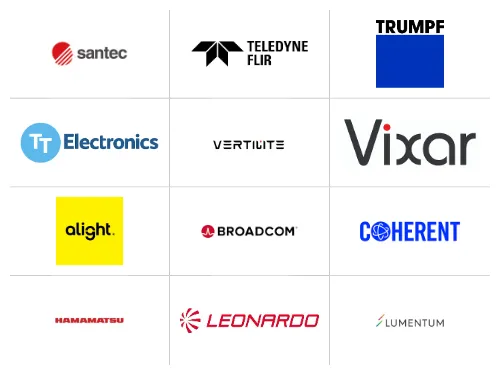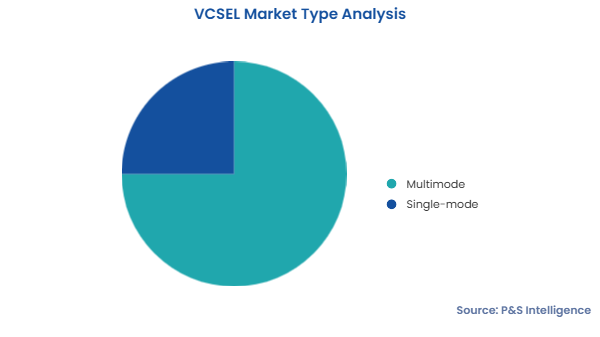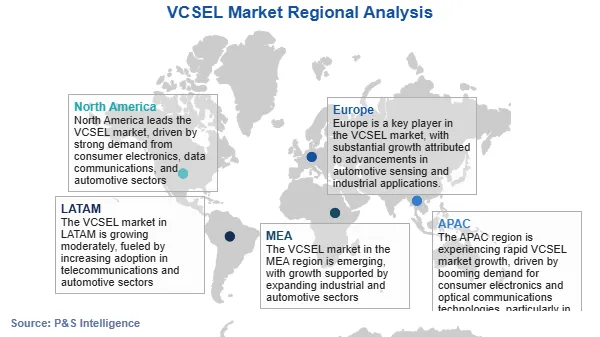Market Statistics
| Study Period | 2019 - 2030 |
| 2024 Market Size | USD 1,297.1 Million |
| 2025 Market Size | USD 1,394.3 Million |
| 2030 Forecast | USD 2,128.1 Million |
| Growth Rate(CAGR) | 8.8% |
| Largest Region | North America |
| Fastest Growing Region | Asia-Pacific |
| Nature of the Market | Consolidated |
| Largest Application Category | Sensing |



